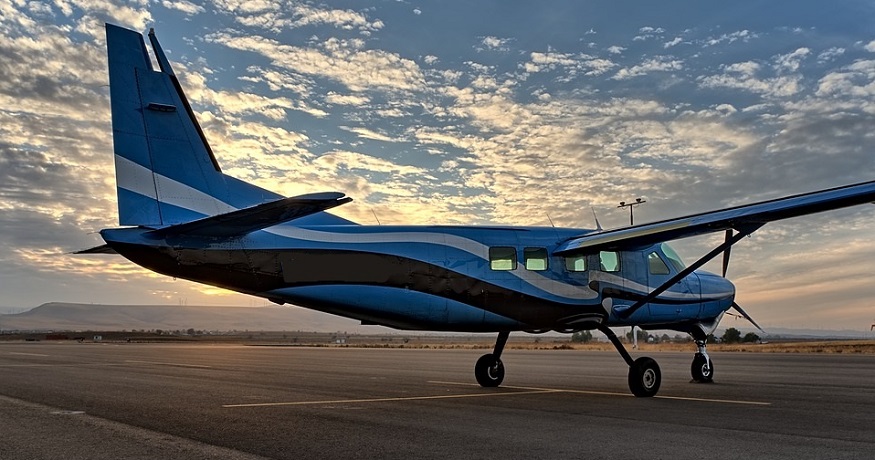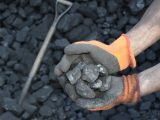
Universal Hydrogen to test H2 aviation tech on Moses Lake turboprop aircraft
August 10, 2021The plane will take off from the Central Washington location in a step toward decarbonized flight.
Universal Hydrogen has announced that it is testing its H2 aviation technology on turboprop aircraft that will take off from Central Washington’s Moses Lake.
The new project would modify existing small regional turboprop aircraft for zero carbon flight.
The goal of the project is to test and then certify H2 aviation technology to convert small regional turboprop aircraft to run on hydrogen fuel. This would make it possible for the aircraft to carry passengers and bring the industry a step closer to overcoming its substantial carbon emissions challenges. This has the potential to one day offer hydrogen powered aviation that is financially viable.
Universal Hydrogen, based in Los Angeles, is developing the tech for retrofitting mid-size turboprop aircraft. The company is led by former chief technology officer and clean energy leader at both United Technologies and Airbus, Paul Eremenko.
Universal Hydrogen has partnered with companies from Washington state for the H2 aviation test.
Among the partners working with Universal Hydrogen include AeroTEC, a Seattle-based aerospace engineering and certification company, as well as MagniX from Everett, an electric motor company. Also taking part is Plug Power, from New York, but that also has a hydrogen fuel cell facility in Spokane, Washington.
“Our goal is to have butts in seats on commercial, revenue-generating flights as quickly as possible,” said Eremenko as quoted by the Seattle Times. He went on to point out that he expects the project to have received certification from the Federal Aviation Administration by 2025.
The first aircraft that will be modified to use the H2 aviation technology for the test will be the De Havilland Canada DHC-8 turboprop, which is more commonly referred to as the Dash-8. The model that will undergo the conversion is smaller than the one Alaska Airlines flies locally. This particular model will seat around 50 passengers in its traditional seat layout. That said, the company will be removing about 10 of those seats in order to be able to accommodate the large hydrogen fuel cannisters, reducing the number of passengers in that model to a maximum of 40.



 With over 15 years of reporting hydrogen news, we are your premier source for the latest updates and insights in hydrogen and renewable energy.
With over 15 years of reporting hydrogen news, we are your premier source for the latest updates and insights in hydrogen and renewable energy.